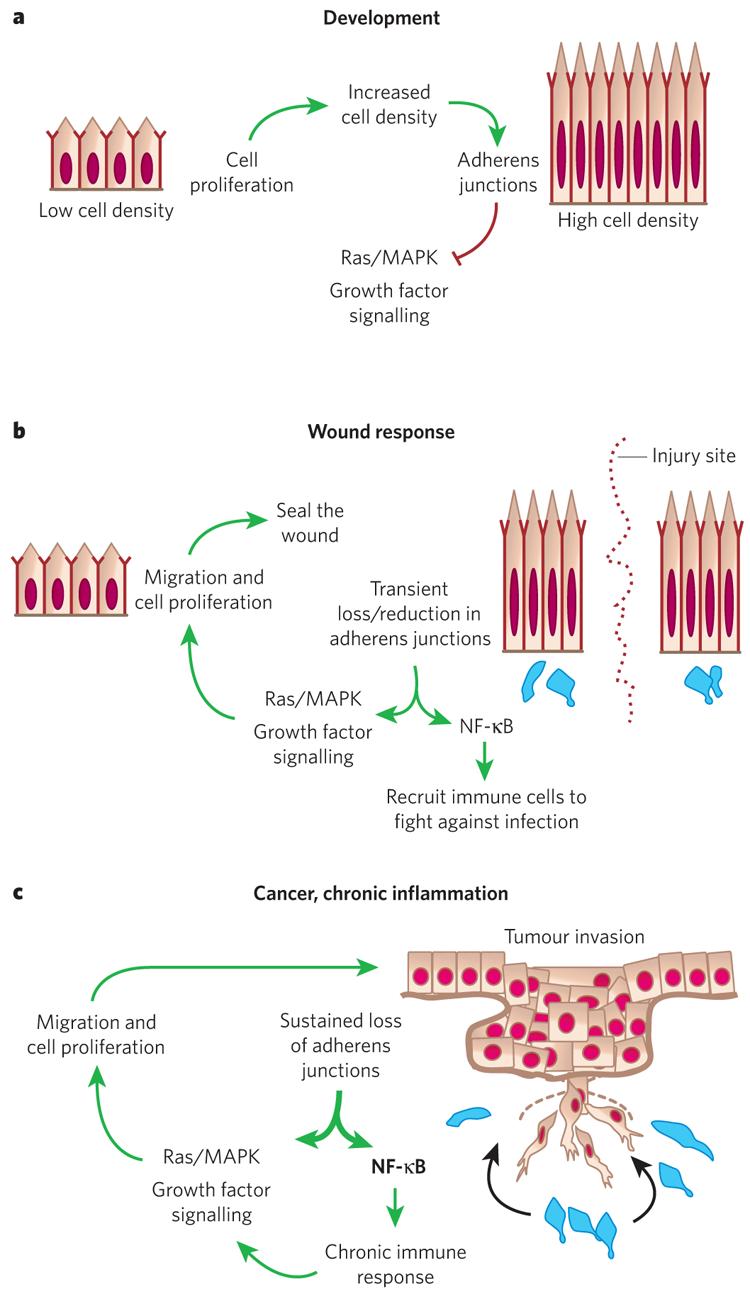Figure 5. Model for control of epidermal proliferation.

a, During development, basal epidermal cell density is low and cells proliferate. As cells increase in density the number of adherens junctions at cell–cell borders increases. This provides a regulatory feedback loop to control Ras–MAPK activity and cell proliferation. b, In a wound response, adherens junctions are severed at the wound site, stimulating the Ras–MAPK pathway and triggering a hyperproliferative response and cell migration. Adherens junction protein levels also affect NF-κB, which, when active, results in the recruitment of immune cells (blue) to protect against infection. After wound repair, regulatory feedback pathways cause these processes to be dampened and the system returns to normal. c, Cancer and chronic inflammatory disorders can lead to mutations and/or permanent changes in adherens junction proteins. This results in a break in the regulatory circuitry, and the proliferative and NF-κB responses become constitutively activated.
